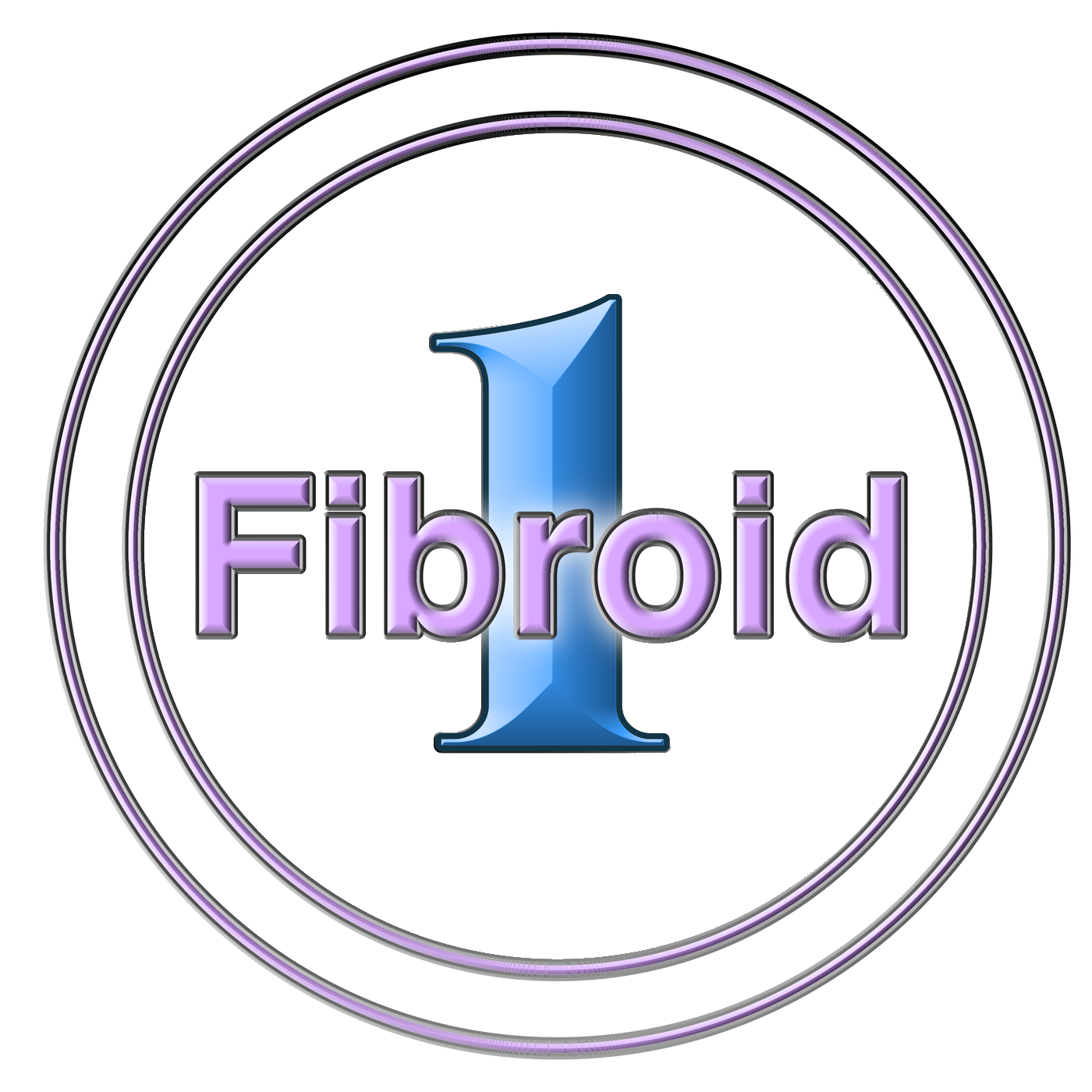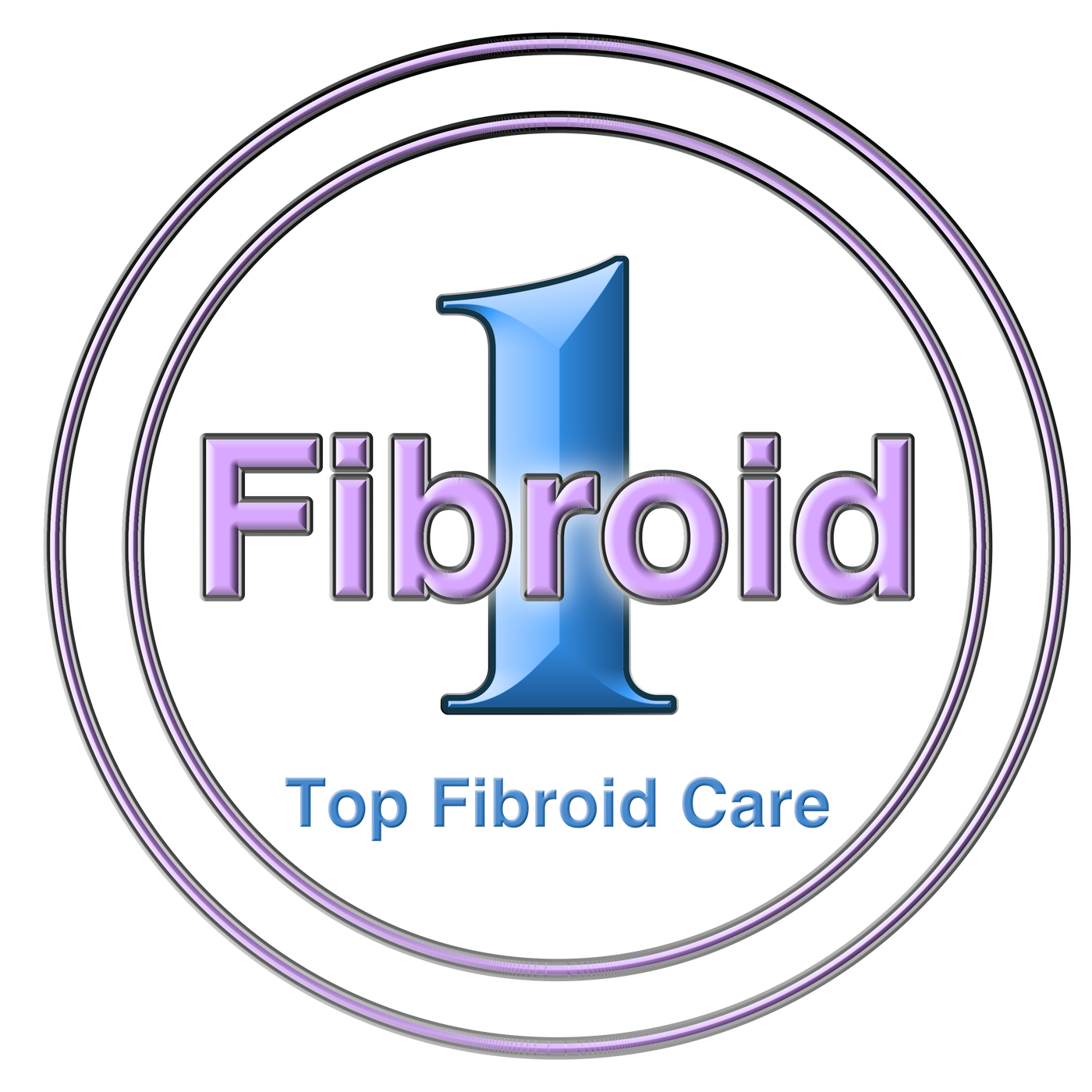Being diagnosed with adenomyosis can be overwhelming and confusing. If you’ve recently received this diagnosis, or if you suspect you might have this condition, it’s important to understand what adenomyosis is, how it’s diagnosed, and what clinical features to look out for. This blog from 1Fibroid in NY aims to provide a comprehensive and compassionate overview of adenomyosis to help you navigate this journey with more clarity and confidence.
What Is Adenomyosis?
Adenomyosis is a condition where the inner lining of the uterus (endometrium) breaks through the muscle wall of the uterus (myometrium). This can cause the uterus to become enlarged and leads to symptoms that can significantly impact a woman’s quality of life. Adenomyosis is most commonly found in women between the ages of 40 and 50, but it can occur in younger women as well.
Clinical Features Of Adenomyosis
The symptoms of adenomyosis can vary widely from woman to woman. Some may have severe symptoms, while others may have mild or even no symptoms at all. Here are the most common clinical features:
1. Heavy Menstrual Bleeding: Many women with adenomyosis experience heavy, prolonged menstrual periods. This condition, known as menorrhagia, can lead to anemia if left untreated.
2. Severe Menstrual Cramps: Dysmenorrhea, or painful periods, is another hallmark of adenomyosis. The pain is often more intense and persistent compared to typical menstrual cramps and can interfere with daily activities.
3. Chronic Pelvic Pain: Some women suffer from ongoing pelvic pain, even outside of their menstrual cycle. This pain can be diffuse and hard to pinpoint, often leading to a prolonged diagnostic journey.
4. Enlarged Uterus: Adenomyosis can cause the uterus to enlarge, sometimes to the size of a few months’ pregnancy. This can create a feeling of pelvic pressure or bloating.
5. Painful Intercourse: Dyspareunia, or pain during intercourse, is another symptom that can affect women with adenomyosis. This can have a significant impact on intimate relationships and overall quality of life.
6. Blood Clots: Passing large blood clots during menstruation is another possible symptom, contributing to the overall discomfort and heaviness of the menstrual flow.
Diagnosing Adenomyosis
Diagnosing adenomyosis can be challenging because its symptoms overlap with other gynecological conditions such as fibroids and endometriosis. Here’s a look at the most common diagnostic approaches:
- Medical History and Physical Examination: The diagnostic process typically begins with a thorough medical history and pelvic examination. Your doctor will ask about your symptoms, menstrual cycle, and any relevant medical history.
- Ultrasound: A pelvic ultrasound is often the first imaging test used to evaluate the uterus. It can help identify any abnormalities in the uterine wall, although it may not definitively diagnose adenomyosis.
- MRI (Magnetic Resonance Imaging): An MRI is more accurate than an ultrasound for diagnosing adenomyosis. It provides detailed images of the uterine wall and can distinguish adenomyosis from other conditions like fibroids.
- Endometrial Biopsy: In some cases, an endometrial biopsy may be performed to rule out other conditions. However, this procedure alone cannot diagnose adenomyosis.
- Laparoscopy: Although not commonly used for diagnosing adenomyosis, a laparoscopy can help rule out other conditions, such as endometriosis, that may cause similar symptoms.
Coping With Adenomyosis
Living with adenomyosis can be challenging, but there are strategies to help manage the symptoms and improve your quality of life.
- Medications: Nonsteroidal anti-inflammatory drugs (NSAIDs) like ibuprofen can help manage pain. Hormonal treatments, such as birth control pills, progesterone, or GnRH agonists, may reduce heavy bleeding and pain.
- Lifestyle Changes: Regular exercise, a healthy diet, and stress management techniques such as yoga or meditation can help alleviate symptoms.
- Heat Therapy: Applying heat to the lower abdomen can help relieve pelvic pain and menstrual cramps.
- Support Groups: Connecting with others who have adenomyosis can provide emotional support and valuable insights into managing the condition.
- Surgical Options: In severe cases, surgical options such as endometrial ablation or hysterectomy (removal of the uterus) may be considered. These options are typically reserved for women who do not respond to other treatments and are not planning to have children in the future.
Adenomyosis is a challenging condition, but understanding its clinical features and the diagnostic process can help you navigate your journey more effectively. If you suspect you have adenomyosis or have recently been diagnosed, remember that you are not alone. With the right information, support, and medical care, you can manage your symptoms and improve your quality of life. Always consult with a healthcare provider to explore the best options for your specific situation.
1Fibroid Is Here To Support You
If you are living with adenomyosis, consider 1Fibroid. 1Fibroid is based in New York, with locations in both Manhattan and Queens. We are committed to women’s care and offer treatment options for adenomyosis and pelvic congestion syndrome, as well as non-invasive treatment options for fibroids such as medication, hormone therapy, and UFE procedures. Call us today at 212-991-9991.












